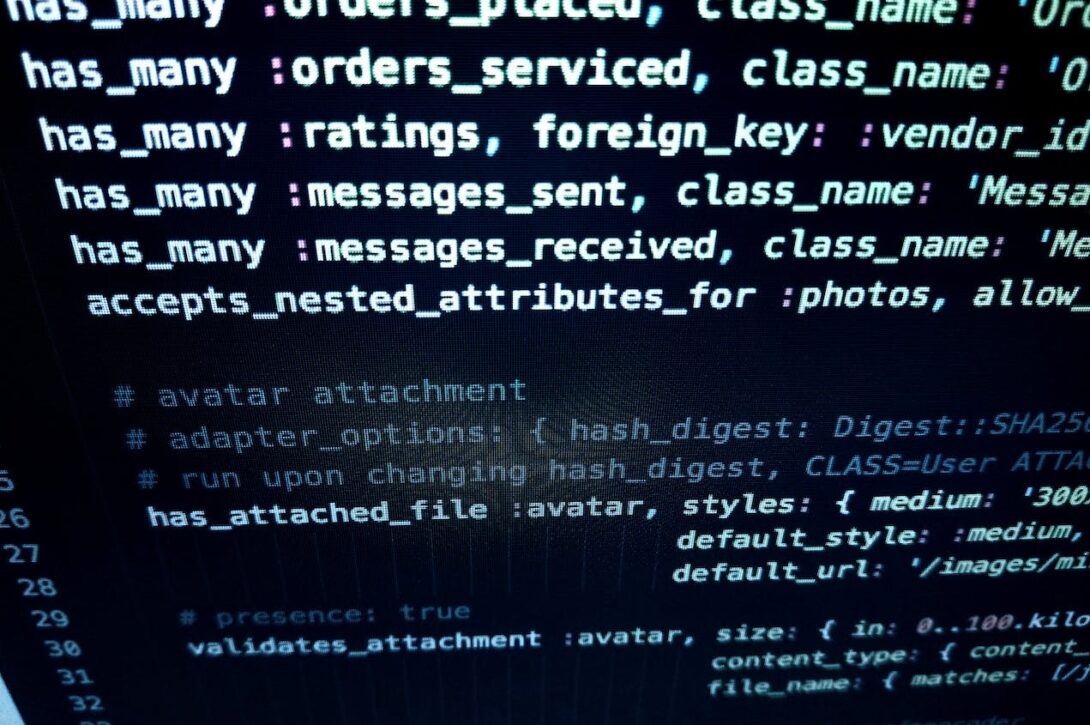Category: Governance & Security
News
- Articles from Policy & Internet
- Books
- Call for Papers
- Child Safety
- Collective Action
- Conferences
- Democracy
- Development
- Economics
- Education
- Environment
- Ethics
- Governance & Security
- Health
- Interviews
- Mapping
- Methods
- Policy
- Politics & Government
- Publications
- Social Data Science
- Submissions Closed
- Tools
- Video
- Wellbeing
-

Unpacking patient trust in the “who” and the “how” of Internet-based health records
—
Key to successful adoption of Internet-based health records is how much a patient places trust…
-

The challenges of government use of cloud services for public service delivery
One central concern of those governments that are leading in the public sector’s migration to…
-

Ethical privacy guidelines for mobile connectivity measurements
—
Measuring the mobile Internet can expose information about an individual’s location, contact details, and communications…
-

Staying free in a world of persuasive technologies
—
Broadly speaking, most of the online services we think we’re using for “free”—that is, the…
-

How effective is online blocking of illegal child sexual content?
Combating child pornography and child abuse is a universal and legitimate concern. With regard to…
-

The global fight over copyright control: Is David beating Goliath at his own game?
We stress the importance of digital environments for providing contenders of copyright reform with a…
-

Time for debate about the societal impact of the Internet of Things
As the cost and size of devices falls and network access becomes ubiquitous, it is…
-

Uncovering the structure of online child exploitation networks
Despite large investments of law enforcement resources, online child exploitation is nowhere near under control,…
-

Public policy responses to cybercrime: a new special issue from Policy and Internet
While ‘cybercrime’ can be used to describe a range of undesirable conduct facilitated by networked…
-

Personal data protection vs the digital economy? OII policy forum considers our digital footprints
The fact that data collection is now so routine and so extensive should make us…

